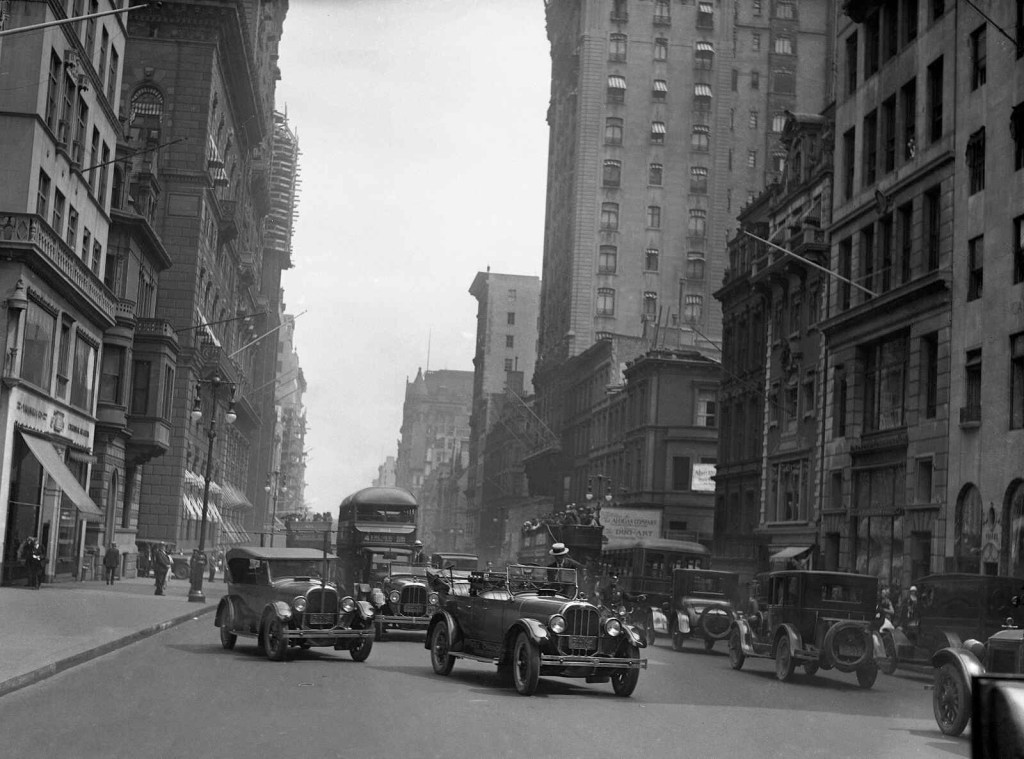
The Strange Origins of the World’s First Self-Driving Car
In today’s world, self-driving cars are a hot topic. They promise a future where we relinquish control of the wheel to artificial intelligence. Obviously, many are uncomfortable with the idea. But have you ever wondered where it all began? The history of self-driving cars is filled with twists and turns, stretching back much further than you might think.
The concept of driverless vehicles dates back to the early 20th century
Interestingly, the first highly-publicized attempts at a self-driving car seemed to emerge in the 1920s. One of the earliest pioneers in this field was Francis Houdina, an inventor from Cleveland, Ohio.
In 1925, Houdina unveiled the American Wonder, a vehicle equipped with radio controls operated via the car behind it. TIME released a summary from August 10, 1925. The blurb reflected how stupifying the American Wonder was to spectators and local authorities alike. The car made experimental treks in at least New York City and Boston that year. While rudimentary by today’s standards, the American Wonder represented a groundbreaking idea in autonomous driving.

Fast forward to the 1980s, and the race for self-driving technology began to heat up
In the 80s, one of the key players in autonomous driving was Ernst Dickmanns. Dickmanns was a German engineer originally known for estimating spaceship trajectories upon atmospheric reentry.
In 1986, Dickmanns and his team at the Bundeswehr University Munich unveiled the VaMoRs. The acronym was short for “Versuchsfahrzeug Modell Stuttgart” (Experimental Vehicle Model Stuttgart). Equipped with cameras and sensors, the VaMoRs could navigate simple routes autonomously. This marked a significant milestone in the development of self-driving cars.
However, it wasn’t until the 21st century that self-driving technology truly began to take off. In 2004, the Defense Advanced Research Projects Agency (DARPA) held the first Grand Challenge. It was a competition aimed at fostering the development of autonomous vehicles for military use. The winner would earn a $1 million prize. Unfortunately, no entrants were able to complete the challenge.
In 2005, however, the winning team, led by Sebastian Thrun of Stanford University, completed a 131-mile course through the Mojave Desert in just under 7 hours. In doing so, the modified VW Passat demonstrated the potential of self-driving technology on a large scale.
Since then, major tech companies and automakers have poured billions of dollars into self-driving research and development
In doing so, we’re ever closer to a world where self-driving cars are a reality. Companies like Google (Waymo), Tesla, and GM have made significant strides in autonomous driving technology, with some automakers already offering limited self-driving features to the general public. Tesla’s Autopilot might be best known these days, although Waymo and GM’s Cruise program are also frequently making national news.
Just as solar- and water-powered cars have blips and bursts of development and market progress, so does self-driving technology. Today, self-driving cars are no longer just a futuristic fantasy – they’re becoming an increasingly common part of automotive industry chatter. While there are still many challenges to overcome, from regulatory hurdles to technical limitations, one thing is clear: the future of driving is looking more and more autonomous. Considering the number of distracted drivers on the road today, perhaps it’s closer than we may think.
Sources: TIME, Politico



